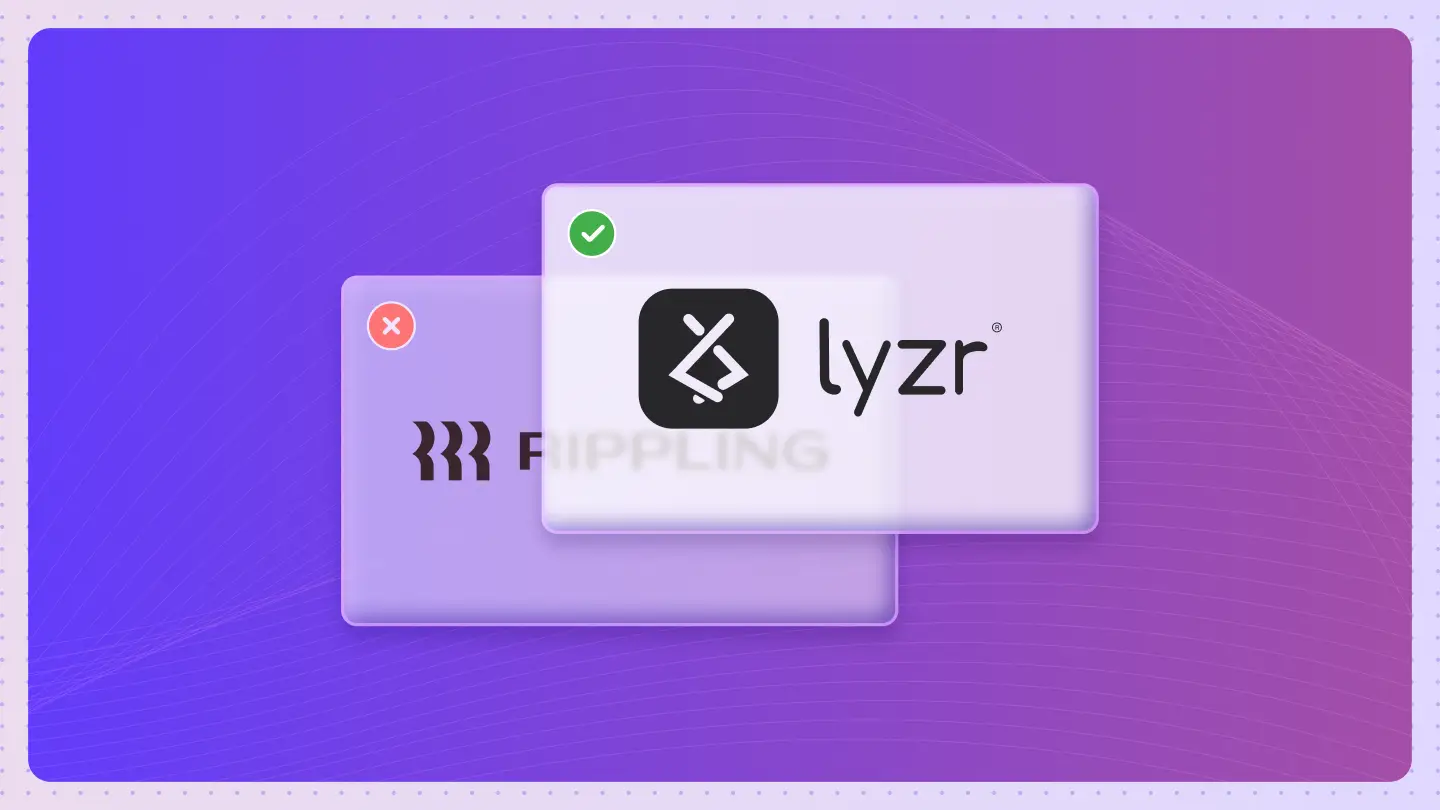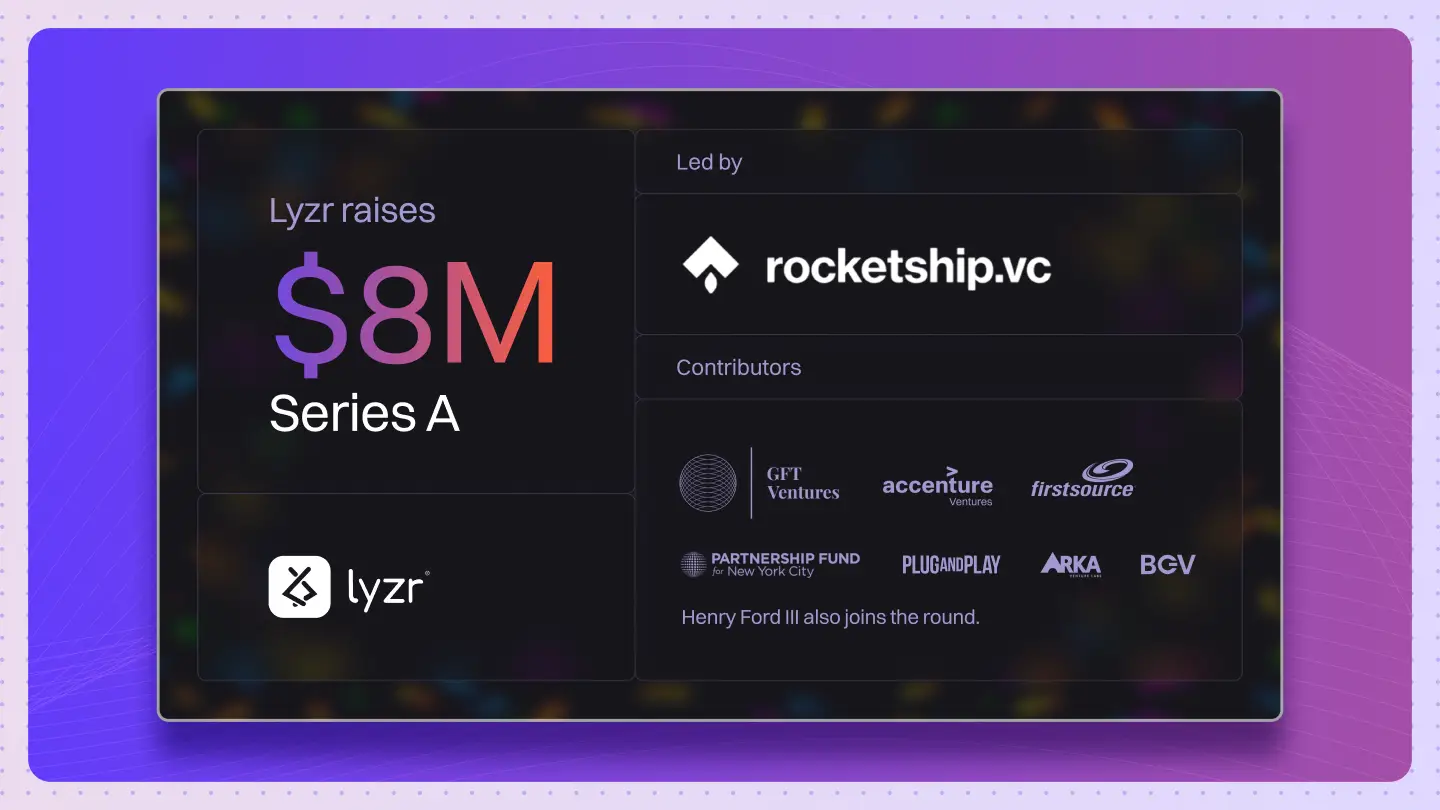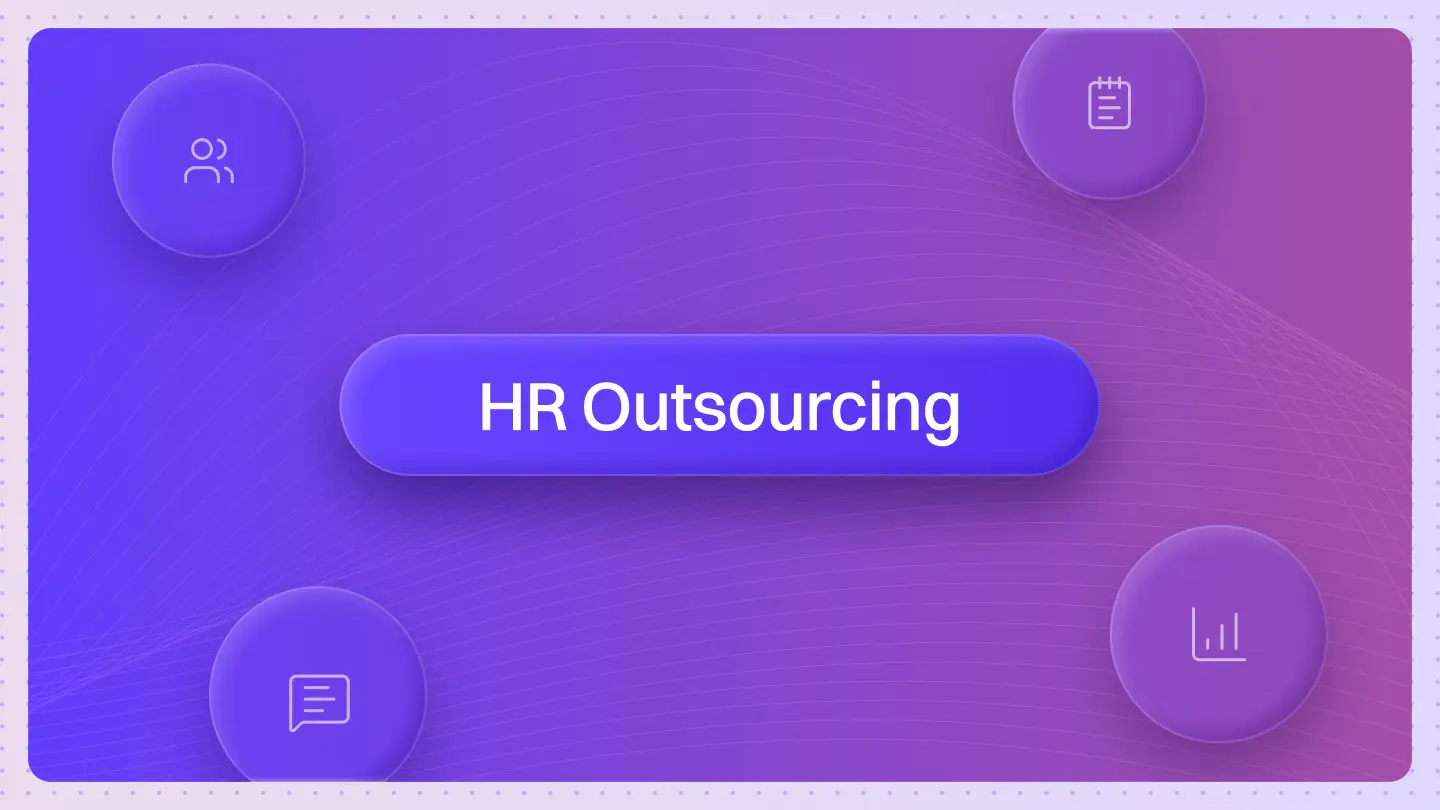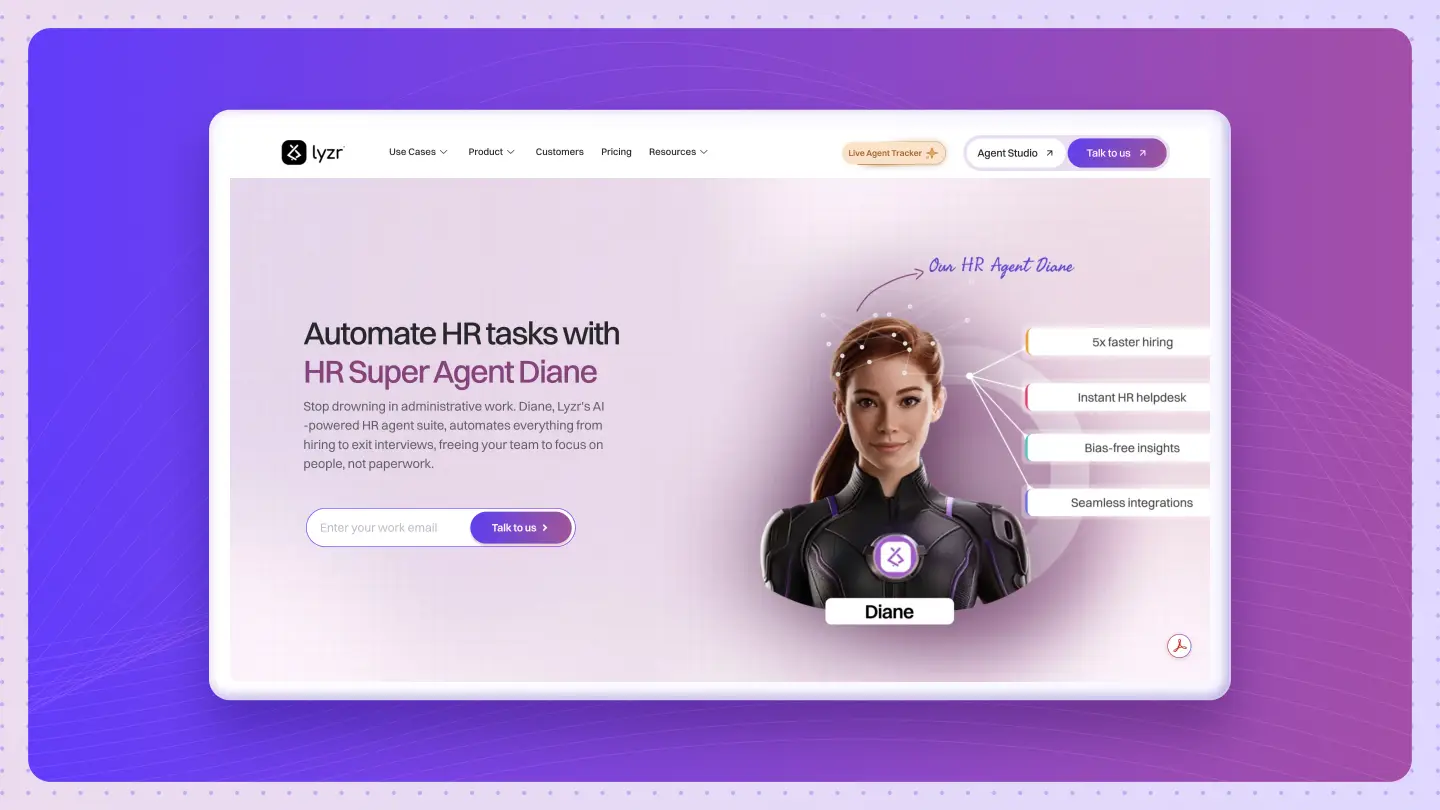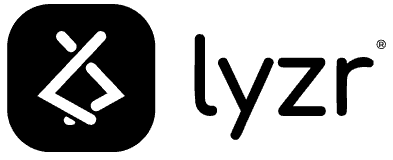Table of Contents
ToggleYou’ve done everything right. You invested in a state-of-the-art, unified HR platform. All your employee data, from payroll to performance, is sitting in one beautiful, central station.
So why does it feel like your team is still using handcars to get any real work done?
The search for a perfect Rippling alternative often leads us down the same track. The conventional answer has always been, “If we can just find the right all-in-one system, the chaos will stop.” It’s a logical dream. A single source of truth should mean seamless operations, right?
But what if the problem isn’t the station? What if the ‘all-in-one’ solution is the handcar?
The real bottleneck isn’t your database. It’s your workflow. It’s time to stop looking for a new station and start looking for an engine.
The “All-in-One” Promise Is a Compromise
The pitch for monolithic Human Capital Management (HCM) suites is seductive. One platform to manage HR, IT, and Finance. It promises to eliminate data silos and streamline everything from onboarding to offboarding. For many small businesses, this is a significant step up from spreadsheets.
The “Master of None” Compromise
But for growing, complex organizations, the reality is often quite different. The “all-in-one” dream quickly becomes a compromise.
These platforms, in trying to be everything to everyone, often end up being masters of none. You get a wide array of features, but the functionality within each module can be surprisingly shallow. This forces your teams to create manual, time-consuming workarounds for tasks the system can’t quite handle, from complex compensation planning to granular budget reporting.
Users of even the most modern platforms report a frustrating reality of buggy workflows, feature-gating that forces you to buy more than you need, and a lack of support for complex global operations.
The consequences are not just minor inconveniences. They are real business risks. A quick look at Better Business Bureau complaints for major platforms reveals stories of missed paychecks, failures to activate benefits, and unresponsive support teams during critical tax periods.
When your HR platform fails, it doesn’t just create an IT ticket. It damages employee trust and exposes your company to serious compliance liabilities.
The High Cost of Manual Friction
This constant, low-level operational drag is shockingly expensive. According to research from Deloitte, HR teams spend up to 57% of their time on purely administrative duties. It’s a wonder anyone has time to update their LinkedIn profile, let alone conduct strategic workforce planning.
This administrative burden directly fuels employee turnover. When processes are slow and frustrating, the employee experience suffers. The cost is astronomical. Gallup estimates that voluntary turnover costs U.S. businesses a staggering $1 trillion annually.
SHRM puts the cost of replacing a single employee at six to nine months of their salary, with other studies showing it can reach as high as 200% for specialized roles. You’re not just losing a person; you’re losing institutional knowledge and paying a massive premium to replace them.
The Real Enemy Isn’t Silos. It’s Friction.
For the last decade, the tech industry has told us that the enemy is data silos. We solved this with integrated platforms and a single source of truth. But in solving one problem, we’ve uncovered a new, more insidious one: process friction.
What does that actually mean? It’s the gap between what your systems know and what they can do.
- It’s the manual approval you have to chase on Slack.
- It’s the copy-pasting of candidate data from your ATS into your HRIS.
- It’s the support ticket you file to fix a broken workflow that was supposed to be automated.
- It’s the dead space where productive work goes to die.
The future of work, as outlined in reports from the World Economic Forum and top business schools like IMD, is defined by agility, automation, and a sharp focus on employee well-being.
A technology stack that requires constant human intervention for basic processes is fundamentally incompatible with this future.
The core flaw in the “all-in-one” model, the model that makes searching for a Rippling alternative so frustrating, is that it tries to contain all work within its walls. But that’s not how modern businesses operate.
Your work happens across a constellation of best-in-class tools: Slack for communication, your ATS for recruiting, your CRM for sales, and yes, your HRIS for employee data. You don’t need a bigger, more restrictive container. You need an intelligent engine that can operate freely across your entire technology landscape.
Here’s how enterprises are already making that leap:
This isn’t just an operational issue. It’s a strategic one.
A study highlighted by HBR found that while 91% of leaders agree that talent is essential for AI success, only 21% of HR teams are actually involved in their company’s AI strategy.
Why?
Because they are too busy managing the handcars. They’re stuck in the admin loop, with no time to even think about strategy, let alone lead it.
An HR function that cannot automate its own processes lacks the credibility and capacity to lead the organization’s talent strategy for an AI-driven world. Solving HR’s process friction is a critical step to de-risk your company’s future and unlock its true strategic potential.
From a System of Record to a System of Action
The solution to process friction is a new layer in your tech stack: an intelligent automation layer powered by AI Agents.
Think of AI Agents as autonomous, digital team members. They can understand goals, create plans, and execute complex, multi-step tasks across multiple applications, just like a human employee, but at machine speed.
This is a world away from traditional Robotic Process Automation (RPA). As Gartner reports, old-school bots are brittle and tend to break when a user interface changes. It’s the “turn it off and on again” of enterprise automation.
Modern AI agents, powered by generative AI, are adaptable and resilient. They understand context and can handle exceptions, making them far more powerful.
| Feature | Traditional RPA | Diane’s AI Agents (Lyzr) |
| Adaptability | Brittle; breaks with UI changes. | Resilient; understands context and adapts to changes. |
| Intelligence | Follows pre-defined, rigid rules. | Uses generative AI to make decisions and handle exceptions. |
| Scope | Automates single, linear tasks. | Orchestrates complex, multi-system workflows. |
| Development | Requires specialized developers. | Can be built with low-code tools by business users. |
Let’s revisit the onboarding process. In the old model, a new hire in your HRIS triggers a series of manual tasks. In the new model, that same trigger activates Diane, Lyzr’s HR Super Agent Suite.
Diane doesn’t live in one system. She orchestrates work across all of them:
- She calls the IT department’s API to provision a laptop and software licenses.
- She uses generative AI to draft a personalized 30-day plan and emails it to the hiring manager for approval.
- She integrates with your learning management system to assign mandatory training, just like our Onboarding Agent module.
The entire end-to-end process is automated, tracked, and completed in minutes, not days.
The impact of this extends far beyond efficiency. A seamless, fast, and respectful hiring process dramatically improves the candidate experience. According to Gallup research, employees who have exceptional candidate experience are over three times more likely to be connected to the company culture and satisfied with their work long-term.
A great first impression, powered by intelligent automation, is a direct investment in employee retention.
This represents a fundamental shift in how we think about HR technology. It’s a move from a passive system of record to an active system of action.
| Feature | All-in-One Platform (e.g., Rippling) | The Diane Engine (Lyzr AI) |
| Core Philosophy | Single system of record. Centralize all data. | Intelligent system of action. Automate processes across systems. |
| Flexibility | Rigid, pre-defined modules. Low configurability. | Highly configurable agents. Adapts to your unique workflows. |
| Integration | Deep but narrow (within its own ecosystem). External integrations can be clunky or costly. | Built for interoperability. Seamlessly connects to existing HRIS, ATS, Slack, legacy systems. |
| Scalability | Best for SMBs, scalability can be a challenge. | Enterprise-grade architecture. Scales with your business needs. |
| Implementation | “Rip and replace” approach. High change management cost. | “Augment and automate” layer. Works with your existing stack. |
| Intelligence | Basic workflow automation. Prone to breaking. | Autonomous, multi-agent orchestration. Handles dynamic tasks and exceptions. |
| Strategic Impact | Reduces data silos. | Eliminates process bottlenecks, freeing teams for strategic work. |
Diane: The Engine for Your New Digital Workforce
This vision of an automated, intelligent HR function requires a new kind of technology. You don’t need another monolithic platform; you need a flexible, powerful autonomous engine.
This is precisely what Diane, Lyzr’s HR Super Agent Suite, is.
Diane is not a single chatbot. She’s a collaborative team of specialized, pre-built agents designed to manage the entire employee lifecycle. She handles talent acquisition, onboarding, an always-on HR helpdesk, performance management, and even AI-led exit interviews that capture the real “why” behind employee departures.
The results are transformative. As detailed on our Diane page, our clients see:
- A 5x faster hiring cycle.
- A 70% reduction in the cost of answering routine employee queries.
- A 50% decrease in administrative time for recruiters.
This is the tangible ROI of moving from a system of record to a system of action. We provide detailed case studies for HR and other functions to accelerate your journey.
Of course, for any C-suite leader, the primary concern is security and data privacy. Diane is built on the Lyzr agent framework, an enterprise-grade platform built from the ground up for security. We are fully SOC2, ISO, and GDPR compliant.
The Lyzr platform offers flexible deployment options, including on-premise or in your own virtual private cloud, ensuring you maintain complete control over your sensitive employee data. With our low-code Agent Studio, you can even build custom agents, and we integrate with the tools you already use, augmenting your stack rather than forcing a costly replacement.
Here’s Diane, your autonomous HR engine in motion, supercharging every part of the employee journey from onboarding to exits:
Upgrade Your Engine, Not Your Station
The conversation about finding a Rippling alternative is asking the wrong question. It’s a question rooted in a decade-old problem of data silos. The right question for today’s leaders is, “How do we eliminate process friction and automate the work that happens between our systems?”
The answer isn’t a better all-in-one platform. It’s an intelligent automation engine like Diane.
Your business has its station. It’s time to install the engine. Book a demo to see how Diane can start solving your process friction today.
FAQs
1. Is Diane just another HR chatbot?
No. A simple chatbot can answer a question. Diane is a super agent suite that executes complex, end-to-end workflows. For example, she can screen a resume, schedule an interview across multiple calendars, send confirmation emails, and then collect feedback, all without human intervention. It’s about action, not just conversation.
2. Will Diane replace my HR team?
No, she will augment them. By automating the repetitive, administrative tasks that consume their day, Diane frees your human experts to focus on high-value strategic work like culture building, talent development, and complex employee relations, the work that truly requires a human touch.
3. We already use Rippling. Do we have to rip it out to use Diane?
Absolutely not. Diane is designed as an intelligent automation layer that integrates seamlessly with your existing tools, including Rippling, Workday, or any other HRIS. She makes the systems you already own more powerful by automating the work that happens between them.
4. How secure is our sensitive employee data with Diane?
Security is our foundation. Diane is built on the Lyzr platform, which is SOC2, GDPR, and ISO 27001 compliant. We offer flexible deployment options, including on-premise or in your private cloud, which means your sensitive employee data never has to leave your secure environment.
5. Our workflows are unique. Can Diane be customized?
Yes. This is a key differentiator. Unlike the rigid, one-size-fits-all workflows in many all-in-one platforms, Diane is built on Lyzr’s highly configurable agent framework. Using our low-code Agent Studio, you can build and deploy custom agents tailored to your exact processes.
6. What is the implementation process like? How long does it take?
With Lyzr, you can move from prototype to production in hours, not months. Our agent framework and library of pre-built blueprints for functions like HR automation, sales automation, and Marketing enable your teams to deploy production-grade agents with incredible speed.
7. How does Diane handle complex, multi-step processes like global hiring?
Diane uses a sophisticated technique called multi-agent orchestration. A “manager” agent can take a high-level goal, break it down into subtasks, and assign those tasks to specialized agents (e.g., a scheduling agent, a document agent). This allows for the seamless automation of dynamic, complex workflows.
8. What kind of ROI can we realistically expect?
Our clients see direct, measurable results. Case studies show outcomes like 5x faster hiring cycles, 70% cost savings in HR support functions, and a 50% reduction in recruiter administrative time. This is in addition to the significant soft ROI from improved employee retention and engagement.
9. Our HR team isn’t very technical. How steep is the learning curve?
Lyzr is designed for both technical and non-technical users. Our Agent Studio is a low-code platform that simplifies agent creation. We also provide comprehensive training and support to ensure your teams become self-sufficient and confident in managing their new digital workforce.
10. How does Diane’s pricing compare to an all-in-one solution like Rippling?
We offer flexible, scalable pricing models, from a free community plan to full enterprise solutions. The key difference is value. Instead of paying a per-employee-per-month fee for dozens of modules you may not fully use, you invest directly in automating the specific processes that create bottlenecks and drive costs. This approach significantly reduces your total cost of ownership and delivers a much faster return.
Book A Demo: Click Here
Join our Slack: Click Here
Link to our GitHub: Click Here

